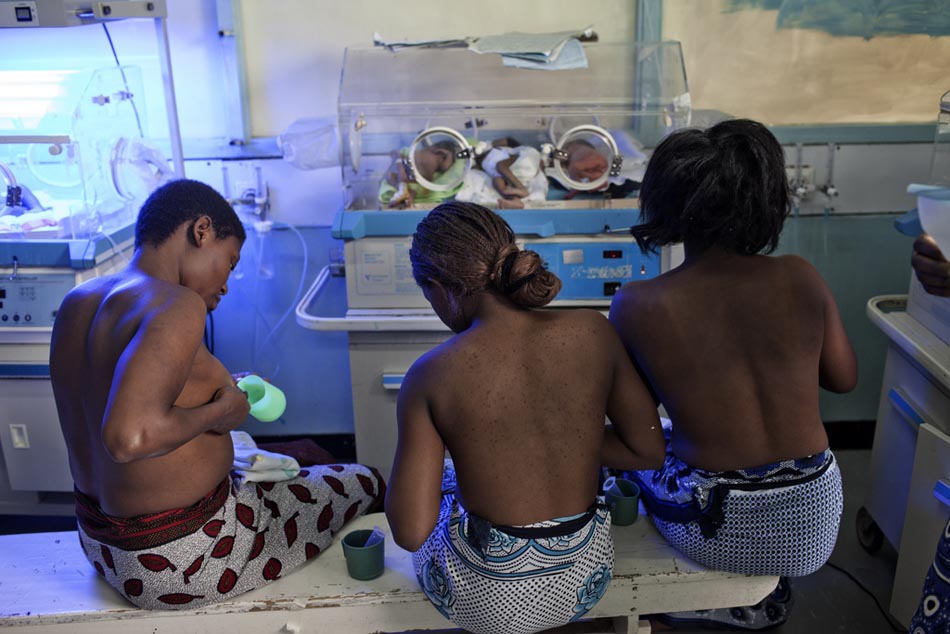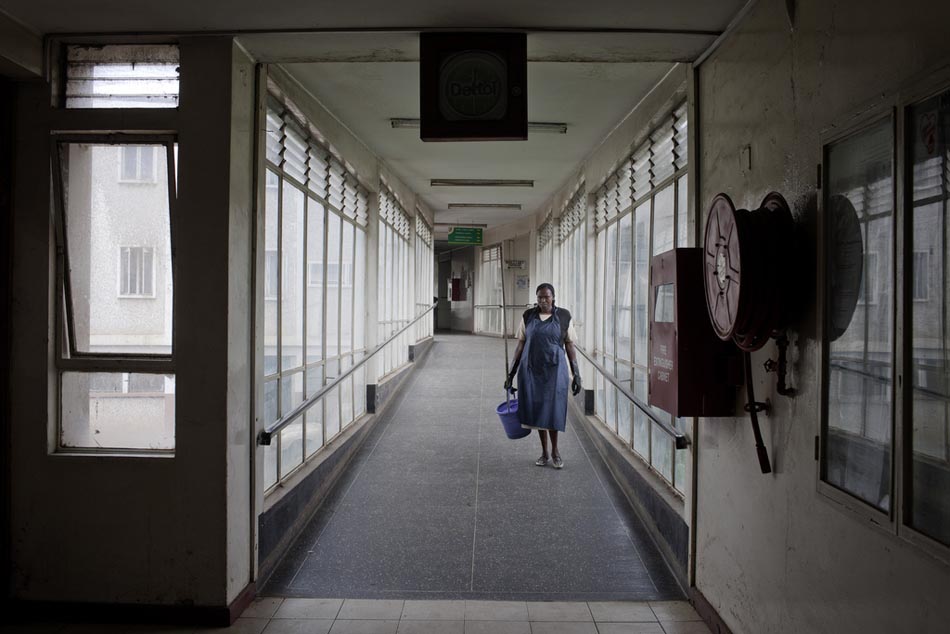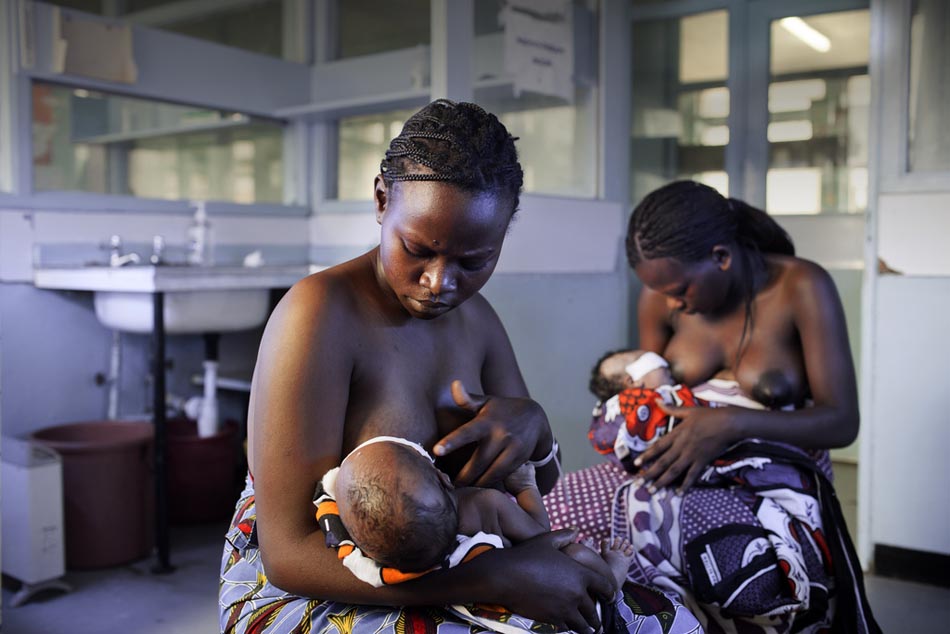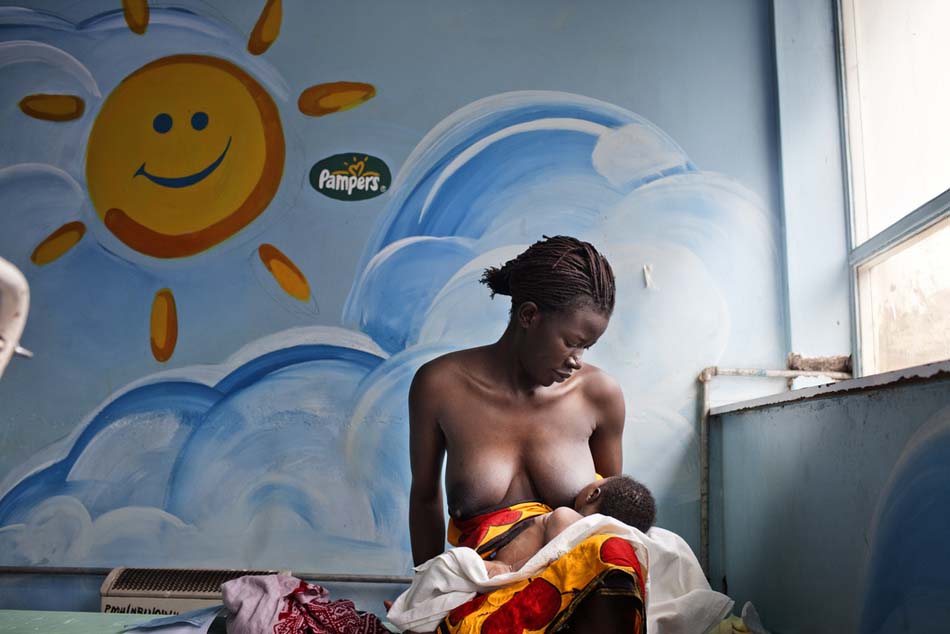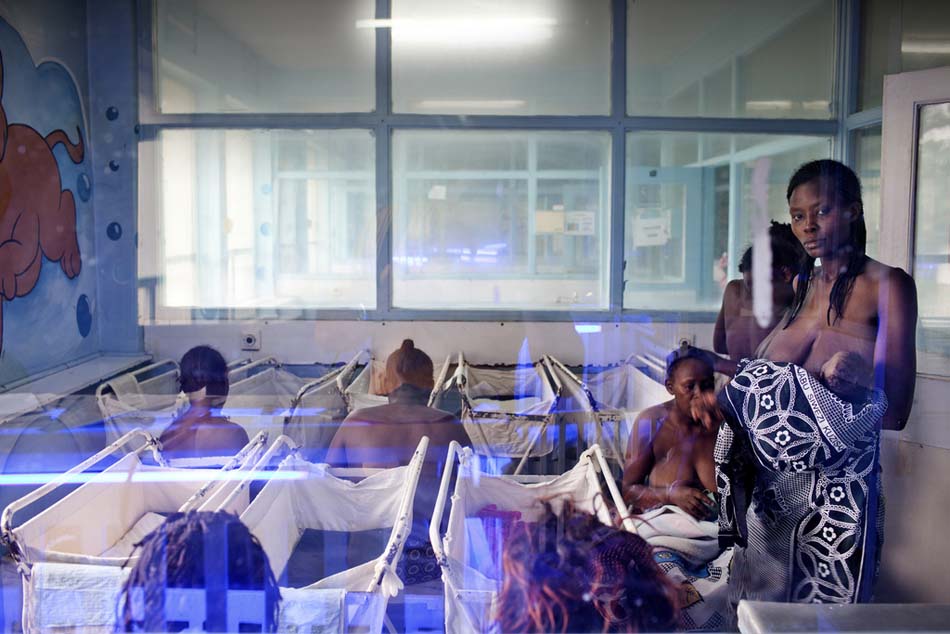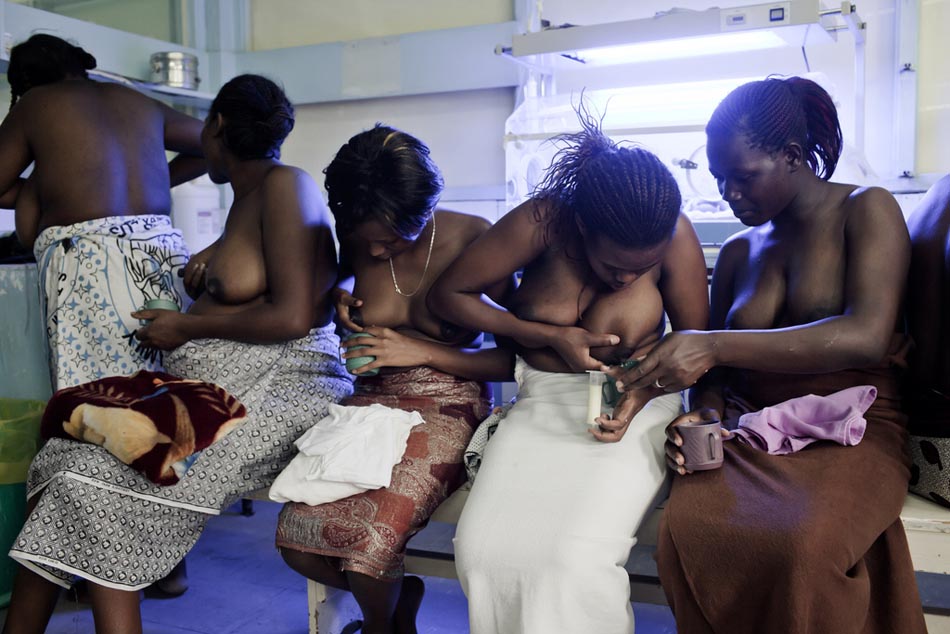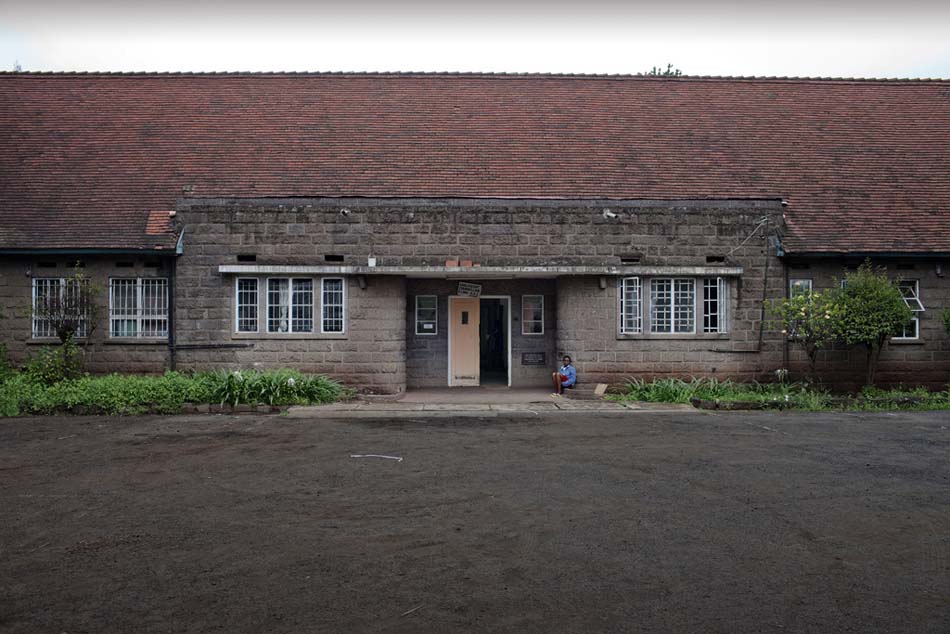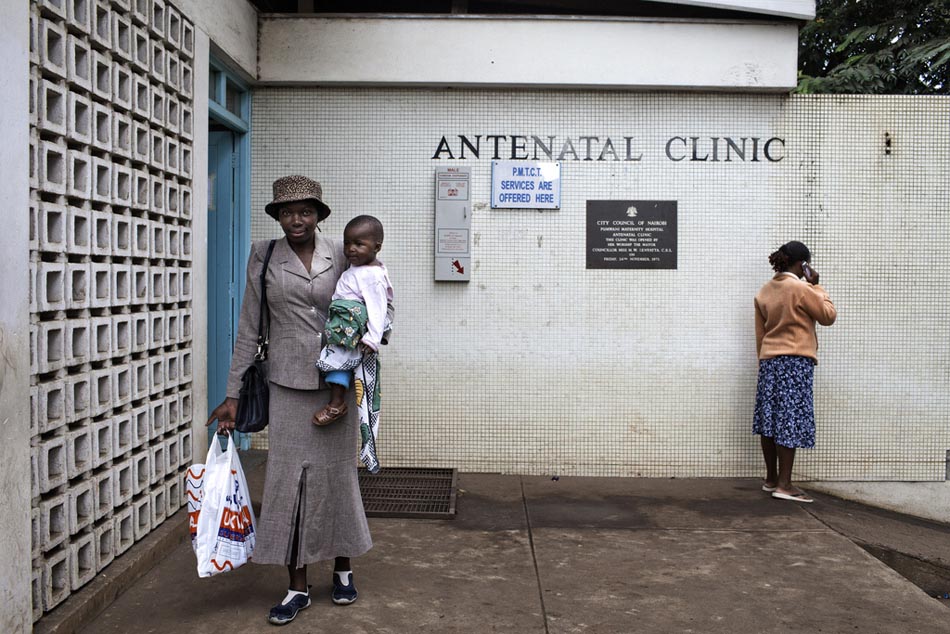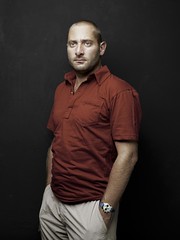Spotlight on Marco Di Lauro
Jan 31, 2013
TID:
Thank you, Marco, for taking the time to talk to us about this image. Can you give us some background to the story this image is a part of?
MARCO:
The image is part of a story called Kenya "Pumwani Maternity Ward" shot in Kenya for UNICEF in May 2010. There is very little background to it; basically, I was sent in Kenya in May 2010 by UNICEF with one of their media officers to photograph a street child program that UNICEF was supporting. On the last day of the assignment we had some spare hours and the UNICEF Media Officers suggested we go to visit the Pumwani Materity Ward of the local hospital supported by UNICEF, so it was not our initial intention to go there and I honestly didn't know anything about it before the exact moment we decided to go there.
TID:
What type of research and preparation did you do? What did you do to put yourself in place to make this happen?
The whole story was shot in about an hour and a half without any research as it was not part of my initial assignment nor did we have plans to go there. What is very interesting is that nobody cared, was interested in or published the main story I was sent by UNICEF in Kenya to take - the street child program. That story took me days to photograph but everybody published the Kenya Pumwani Maternity Ward feature that was shot just in an hour and a half, because of the topic, the intimacy and the pictures themselves.
TID:
As a man, photographing such an intimate situation, how did you feel emotionally with not only photographing these women, but photographing women from a different culture than yourself while in an intimate situation?
MARCO:
I honestly was incredibly surprised how comfortable they felt having a stranger photographing them. I basically walked in the hospital and all those women were sitting around breastfeeding. I spoke with them briefly and explained who I was and what I was doing and they had no problem at all letting me photograph them. I felt myself very welcomed and comfortable.
TID:
Did you feel like you could connect with the subjects? How or how not?
MARCO:
I could connect with some of them (the ones who spoke English) and it was easier because I had a female UNICEF media officer with me at all times.
TID:
Onto the moment itself of the featured photograph, how did you work the scene to get the frame you were happy with? Can you talk more about the progression and what was going on in your mind?
MARCO:
As I said it was not exactly a day but just an hour and a half to shoot the whole feature (that you can see published on my web site). I was just there very relaxed, inhaling the intimacy and the beauty of the whole scene and it made me think how different it would have been in a western hospital. I would have never been able to photograph the same situation. I do not shoot a lot and it didn't take me much to find the right image.
TID:
Was there any conflict when making this picture and how did you handle it?
MARCO:
There was no conflict at all.
TID:
What surprised you about the experience? What lessons did you learn from making this image?
MARCO:
What did surprise me was how comfortable they felt. I think I was the one that was surprised about being there instead of them being surprised of me. The lesson I learned is that nothing should ever be taken for granted when you are a photojournalist.
TID:
Can you talk about the importance of body language in these situations? How do you carry yourself and what advice do you have?
MARCO:
Just make the subject at ease, be yourself, talk to them.
TID:
What did you learn about yourself during this project?
MARCO:
What I learned is that sometimes a very amble easy approach, and the humility to which we approach people can grant us access that we will never expect.
TID:
In conclusion, what advice do you have for photographers when shooting in a situation outside their culture? Can you share some advice with others who may encounter a similar situation when on assignment?
MARCO:
Be open minded, try to understand, be gentle, be kind, talk to people, make them feel comfortable, share their experience, watch, be patient.
:::BIO:::
Marco Di Lauro was born in Milan in 1970 and has lived in Rome since 2000.
He took his first photograph at the age of 14, during a vacation in Egypt. Between 1990 and 1994, Marco documented the social issue of abused and abandoned children in India and the poverty of the inhabitants of Peru’s Andes mountains. At the same time he covered fashion shows in Milan and Paris as assistant photographer as well as working as a photo assistant-editor at Magnum photos in Paris. He is represented by Reportage by Getty Images.
In 1998, he went to Kosovo, where he is one of the few photo-reporters on hand when the ethnic cleansing begins, just months after his arrival. His pictures from the front, got the attention of The Associated Press (AP).
After Kosovo, Di Lauro became a member of The AP staff and covered the 2000 Jubilee of the Catholic Church from Rome. In September of 2002, Marco began working exclusively for Getty Images, covering the Middle Eastern conflict in the Gaza Strip and then most of 2003 and 2004 in Iraq, documenting the American invasion and the Iraqi people.
In all the stories he photographs, whether large or small, Marco always attempts to capture the sacred side of life and its deeper meaning.
In the last 10 years his work has appeared globally in: Newsweek, Time Magazine, New York Times Magazine, Los Angeles Times, Chicago Tribune, Washington Post, Fortune, GQ, Vanity Fair, Outside Magazine, New Yorker, The Guardian, The Independent, The Daily Mail, Sunday Times, Telegraph, Sunday Times Magazine, Der Spiegel, Stern, Die Zeit, Paris Match, Le Monde, Nouvel Observateur, Lexpress, Liberation, Internazionale, Corriere della Sera, Repubblica, Panorama, L’espresso, Elmundo, El Pais, to name a few. He works regularly for the United Nations High Commissioner for Refugees, UNICEF, Save the Children, AMREF and CNN.
